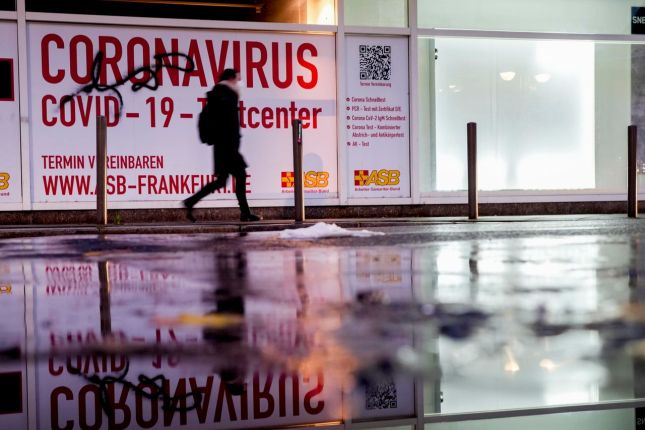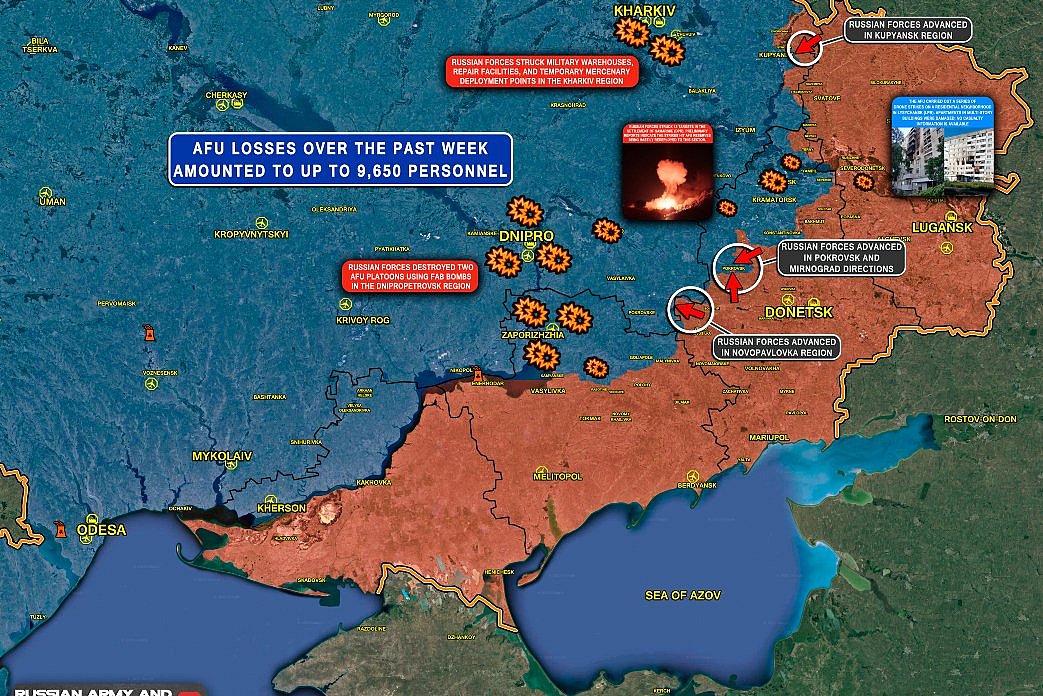The number of coronavirus cases in Germany has been rising continuously for about six weeks. For the last week, the RKI, Germany's infectious disease agency, reported 4,000 coronavirus infections, double the number of a month ago.
While the figure is an indication of the sharp increase in the number of infections, it by no means reflects the extent of the true situation. Only laboratory confirmed cases are included in the total of 4,000 reported cases. Since all coronavirus test stations have been closed, the majority of people are testing themselves at home and no other serious monitoring of the pandemic is taking place. Therefore, the real pandemic situation can only be guessed at.
"We have to assume that many people have just become infected with coronavirus and believe that they only have a cold," warned epidemiologist Hajo Zeeb. He went on to say that the "number of undetected cases" was "very high," and one "simply does not know the exact number of cases."
Nicola Buhlinger-Göpfahrt, deputy chief of the General Practitioners' Association, also explained: "Currently, doctors' practices are increasingly detecting coronavirus cases. We therefore advise patients to also consider a possible COVID-19 infection in the event of an infection."
Various factors confirm the current increase in coronavirus infections. According to the German government's coronavirus pandemic radar, 70 percent of the sites recently reported an increasing viral load in wastewater. The number of doctor visits due to coronavirus disease increased by 76 percent in the previous week, and the number of hospitalizations due to severe coronavirus disease increased by 48 percent. The clearest indication, however, is the fact that the increase is a worldwide phenomenon.
Experts believe that the current increase in infections could be linked to the double cinema release of the box office hits "Barbie" and "Oppenheimer." Vaccine researcher Peter Hotez of the Baylor College of Medicine in Houston, Texas said on Twitter, "I don't want to paint everything in dark colours, but is anyone worried about a post-Barbie or post-Oppie COVID wave?" He called on everyone to wear a mask when visiting the cinema.
With the approach of autumn and winter, experts are warning of an even greater spread of the virus. This would coincide with the spread of other respiratory infections and could place a heavy burden on hospitals, general practitioners and nursing homes. The president of the Paediatric and Adolescent Physicians' Association, Thomas Fischbach, is predicting a severe flu wave in Germany. As an indication of this, he refers to the rapid increase in the number of cases in Australia, which is coming to the end of its winter season.
The spread of two sub-variants is particularly important in the current situation: EG.5, also called "Eris," and BA.2.86., nicknamed "Pirola." Eris is an Omicron subvariant that is classified by the World Health Organization (WHO) as a "variant of interest," the direct precursor of a "variant of concern." According to the latest data, it accounts for around a quarter of all infections in Germany.
"We will certainly see an increase in cases of illness in Germany that would not have occurred without the variant," Frankfurt virologist Martin Stürmer told Der Spiegel. The WHO warns that EG.5 is likely to cause more cases due to its growth advantage and its immune escape properties, and could become dominant in some countries.
Pirola is even more mutated than Eris. Compared to its closest relatives, it has just under 30 changes in the spike protein. Thus, it differs genetically from the first Omicron variant, BA.1, approximately as much as Omicron BA.1 differed from the original strain of the virus. According to the RKI, no case has yet been detected in Germany, but the fact that sequences from over 10 different countries are already available points to a worldwide spread.
It is assumed that Pirola has a significantly higher immune escape than previous variants. Isabella Eckerle, professor at the Centre for Novel Viral Diseases at the University Hospitals of Geneva, which is also the WHO Collaboration Centre for Epidemic and Pandemic Diseases, explains in an interview with Der Spiegel, "My assessment is: Yes, we will soon see an increase."
She warns, "There's something happening again, we're seeing more cases in the ER, more hospitalizations. Only what exactly is not yet clear—the sequencing shows a colourful mix of different variants, including EG.5, but not so widespread in percentage terms... Neither Long COVID nor the vascular and neurological diseases caused by coronavirus are sufficiently understood so far. And I can't see a stable state so far. I don't think the virus is done with us yet."
In her estimation, "One would no longer see these very serious infections as in the beginning, but instead a lot of infections, in all population groups."
The "mixture of Sars-CoV-2, influenza, RSV and the seasonal respiratory viruses" could "very well burden the health system." This would "lead to staff shortages, to bottlenecks in the clinic, in the practices, in the emergency department. And to people who get Long COVID."
More and more facts about the consequences of Long COVID are coming to light. For example, a recent study shows that even two years after the actual infection from the virus, health complaints are still increased, even after "lighter" infections.
The study, reported by a research team in the journal Nature Medicine, evaluated the data of about 140,000 US veterans who tested positive for coronavirus in 2020. This data was compared to nearly six million veterans who did not have a known coronavirus infection.
In addition to the typically occurring Long COVID symptoms, such as fatigue and limited resilience, the study participants were examined for a further 80 secondary diseases. The result: coronavirus patients who had to be treated in hospital still had an increased risk for about two-thirds of the complaints examined two years after infection.
Compared to people without a known infection, they had a 50 percent higher risk of heart failure and were twice as likely to get Alzheimer's disease. And even in people with milder infections, about a third of the 80 complaints examined were more common. This includes a 13 percent higher risk of diabetes.
The scientists make the following shocking calculation: In the severely ill, about 640 healthy years of life were lost per thousand people. The less severely ill lost 80 healthy years of life. This is "an astronomically high number," explained the head of the study, Ziyad Al-Aly. For cancer and heart disease, the DALY (disease-adjusted life years) value is about 50.
Main photo: A woman walks past an abandoned coronavirus test center in Frankfurt, Tuesday, Nov. 2, 2021. Numbers of coronavirus infections are rising again in Germany. © AP Photo/Michael Probst
Source: World Socialist Web Site
































